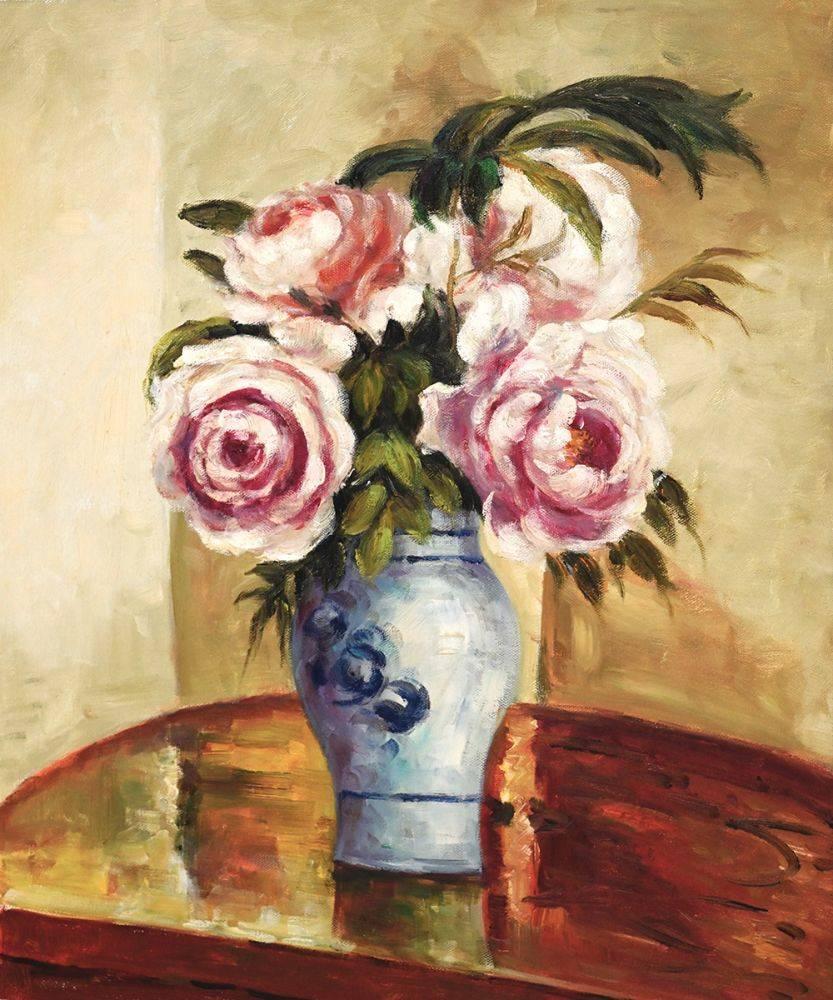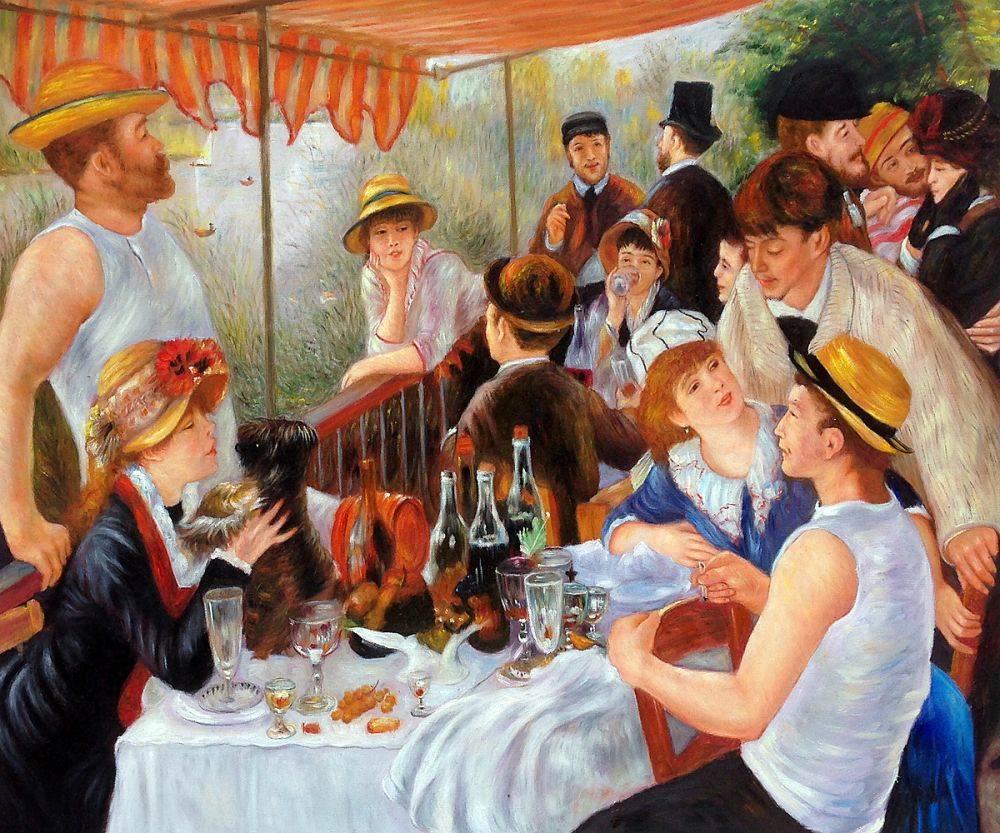Art
What Do Thieves do with the Stolen Art Pieces?
One can only wonder what a thief does with stolen art and how authorities ever find these priceless works. In the most recent heist in Rotterdam, Netherlands, works by Pablo Picasso, Claude Monet, Henri Matisse, Paul Gauguin, Meyer de Haan and Lucian Freud were stolen on October 16. LiveScience.com reports that Picasso and Monet hold the record for most stolen art of the most famous painters. Who is the most stolen artist between the two?
Picasso’s count is placed at 1,147 paintings per research conducted by LiveScience.com. One of the resources these researchers have used to discern this evidence is ArtLoss.com, which claims to have the largest online database of stolen art. The organization housed in London assists galleries and law enforcement officials, among others, with its registry. Once the database is updated with a fresh list of stolen pieces, thieves have a hard time selling world-renowned artworks.
There are no well-defined figures at this moment for the other artists, except perhaps Henri Matisse. Matisse’s stolen works have been reported at a current 205 paintings via the Art Loss registry.
In the United States, the FBI maintains the National Stolen Art File with a specialized crime team of 14 agents. To make it into this file, artwork must be valued at at least $2000, the artwork must be “uniquely identifiable” and have historical or artistic significance, and finally, only a law enforcement officer may request the artwork entered into the database. The general public can search this database online.
Further questions arise about stolen artworks. How long before thieves will attempt to sell them again if thwarted by high bidders with competent research skills? On the subject of priceless artwork, who dares to buy the work from a thief, keep this secret, and avoid a run-in with authorities?
In September, a Virginia woman bought a Renoir painting believed to have been stolen decades before for the high price of $7.00, at a flea market. The painting was ready to go to auction when a Washington Post reporter discovered documents in the library of the Baltimore Museum of Art, and the auction was canceled. The painting was estimated to auction at $75,000. The FBI is in the process of investigating, but if the documents found by the reporter are validated by the FBI, it is likely the painting will be returned to the museum or owner loaning it.
What will the thieves do with the seven paintings stolen from the Rotterdam museum? Will they be caught or will the high stakes of stolen art be worth the risk of the chance to own or sell works by famous artists? If you were the purchaser of a painting you recognized as famous, would you keep the work, sell it, or report it to the proper authorities?
It is seemingly easy for famous artworks to slip through the cracks of time, through fingers of unknowing people, and the best security. It is more difficult, though perhaps more enthralling, to be the thief behind the scenes.



